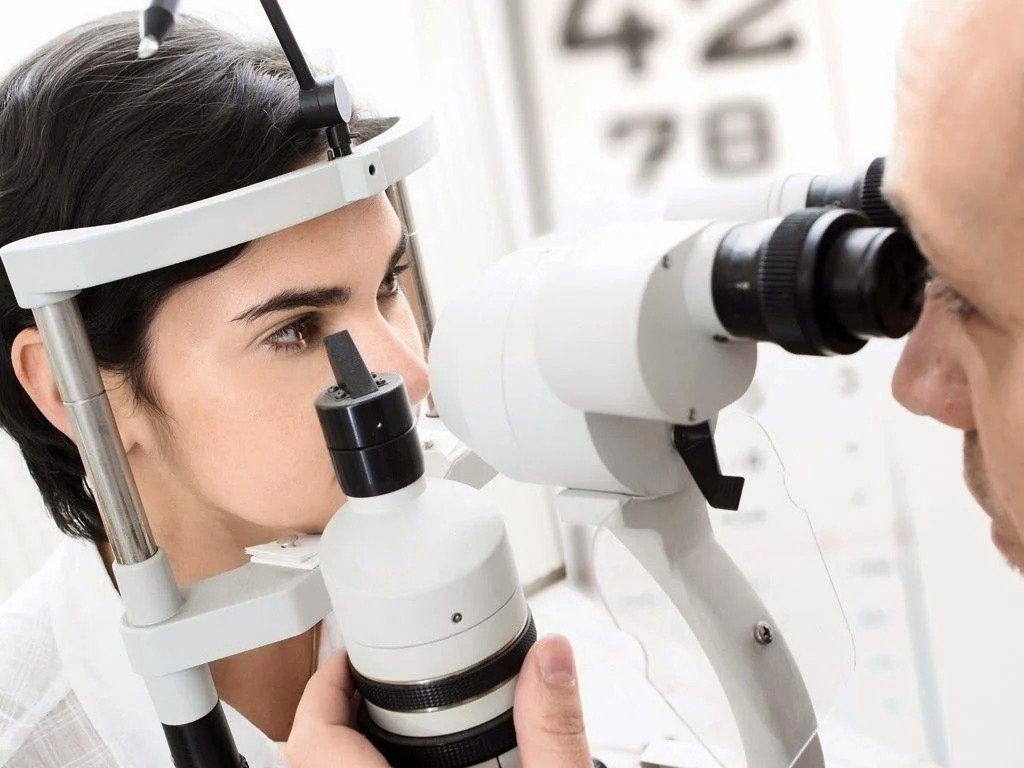
The Importance of Routine Eye Exams
For Patients on High-Risk Medications
Routine eye exams are vital for patients on high-risk medications to monitor and address potential eye-related side effects. Certain medications can increase the risk of ocular complications, ranging from mild symptoms to severe visual impairment. This one-page summary highlights the key reasons why patients on high-risk medications should prioritize regular eye exams.
MEDICATION-RELATED OCULAR SIDE EFFECTS:
Many medications have known ocular side effects that can affect visual function and eye health.
Routine eye exams enable early detection and monitoring of medication-induced ocular complications, allowing for timely intervention to minimize potential harm.
Identifying ocular side effects early can prevent further progression and preserve vision.
HIGH-RISK MEDICATIONS:
Various medications are considered high risk due to their potential to cause ocular complications.
Examples include certain classes of medications such as corticosteroids, antimalarials, bisphosphonates, anticoagulants, and some cancer treatments.
Regular eye exams provide an opportunity to assess the eye health and detect any medication-related ocular changes.
VISUAL SYMPTOMS:
Ocular side effects of high-risk medications can present with a range of symptoms, such as blurred vision, dry eyes, double vision, light sensitivity, or changes in color perception.
Routine eye exams can help determine whether these symptoms are medication-related or caused by other underlying conditions, facilitating appropriate management.
OCULAR MONITORING:
Long-term use of high-risk medications may require ongoing monitoring of ocular health.
Regular eye exams allow for the evaluation of any potential cumulative effects on the eyes, helping to guide treatment decisions and adjustments to medication regimens.
COLLABORATIVE CARE:
Routine eye exams for patients on high-risk medications involve collaboration between eye care professionals and the prescribing physicians.
Eye care professionals can communicate with the prescribing physicians, share findings, and discuss potential adjustments to medication regimens if ocular side effects are detected.
This collaborative approach ensures comprehensive care and helps balance the benefits of medication therapy with the preservation of visual health.
Routine eye exams are essential for patients on high-risk medications to monitor and address potential ocular side effects. By proactively monitoring eye health and identifying medication-related complications early, patients can take appropriate measures to mitigate potential harm and preserve vision. Collaboration between eye care professionals and prescribing physicians is crucial to provide comprehensive care. Patients should consult with their healthcare team to determine the appropriate frequency of eye exams based on their specific medications and individual needs.





